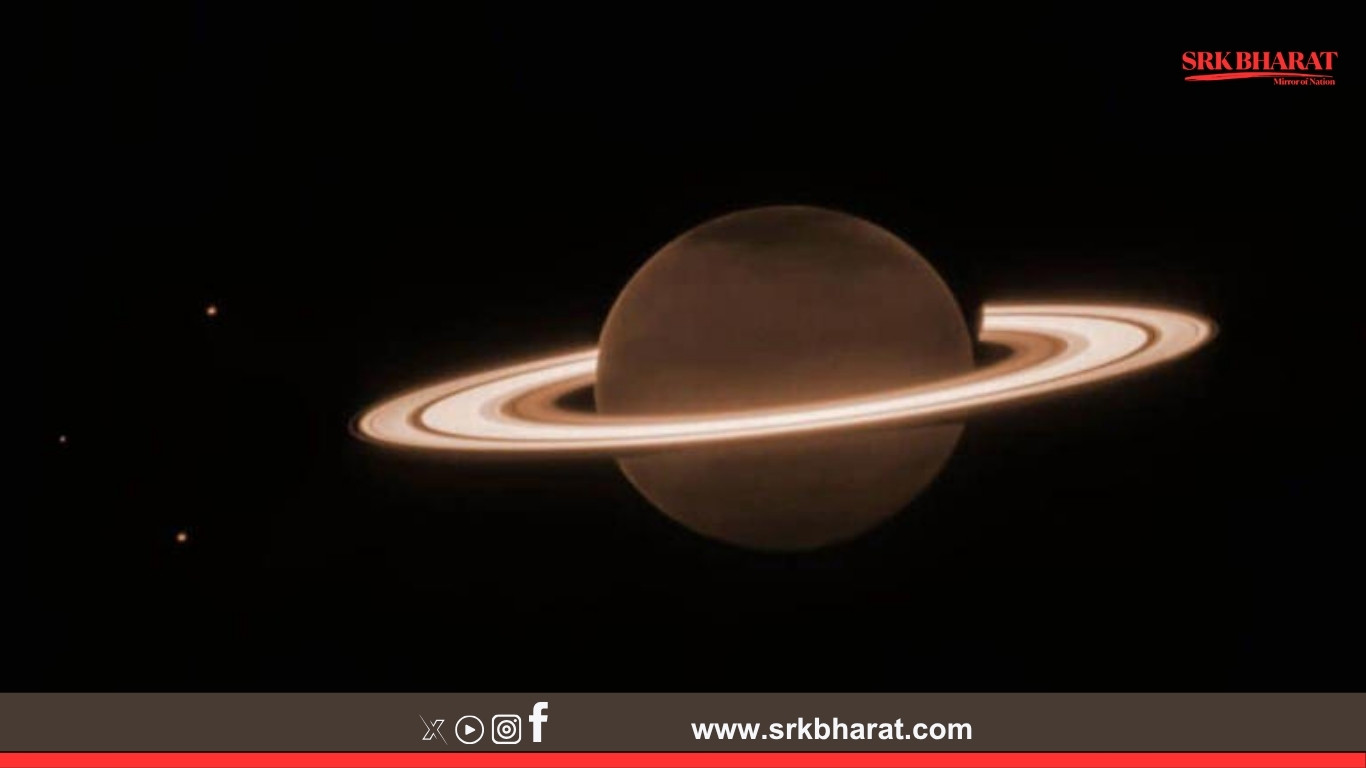The James Webb Space Telescope (JWST) has marked a historic breakthrough by confirming its first-ever exoplanet discovery, taking humanity a step closer to understanding the possibilities of life beyond Earth. This revelation comes just over two years since its launch, opening an era of transformative cosmic exploration.
Key Highlights
- Exoplanet named LHS 475 b discovered by JWST.
- Located 41 light-years away in the constellation Octans.
- Similar size to Earth, orbiting a red dwarf star.
- Scientists detected presence of molecules suggesting potential atmospheric features.
- Marks a major leap from previous telescopic capabilities like Hubble and Spitzer.
Details Of The Discovery
The exoplanet, officially catalogued as LHS 475 b, was observed when the Webb telescope detected a dip in light from its host star, indicating transit. Using its advanced infrared instruments, Webb confirmed its size and mass as comparable to Earth.
| Exoplanet | Key Data |
|---|---|
| Name | LHS 475 b |
| Distance from Earth | ~41 light-years |
| Star Type | Red dwarf |
| Orbital Period | 2 Earth days |
| Radius | ~99% of Earth’s radius |
| Mass | Estimated similar to Earth |
| Atmosphere | Under investigation; carbon dioxide presence hypothesised |
Why Is This Discovery Significant?
- First exoplanet confirmed by JWST – validating its high-precision instruments.
- Potential rocky composition, making it similar to Earth rather than gaseous giants.
- Lays groundwork for habitability studies, as scientists can analyse its atmosphere to understand greenhouse effects and surface conditions.
Scientists’ Reactions
Dr. Kevin Stevenson, Astrophysicist, Johns Hopkins APL:
“This is just the beginning. Webb’s sensitivity allows us to detect atmospheric signatures even in small rocky worlds. Discovering LHS 475 b is like unlocking the first door to a corridor of infinite possibilities.”
Dr. Sara Seager, MIT Planetary Scientist:
“The fact that we can detect carbon dioxide in its atmosphere, if confirmed, would mean we’re progressing towards identifying biosignatures elsewhere.”
How Webb Confirmed The Exoplanet
The telescope used its Near-Infrared Spectrograph (NIRSpec) to:
- Measure the drop in star brightness during the planet’s transit.
- Analyse spectrum changes for atmospheric components.
- Differentiate it from stellar noise with unprecedented clarity.
This methodology is a significant upgrade from Hubble, which struggled with the faint signals of Earth-sized exoplanets.
Potential Atmospheric Features
Scientists are analysing whether the planet has:
- A thick carbon dioxide-dominated atmosphere (similar to Venus).
- A thin negligible atmosphere (similar to Mercury).
- Cloud or haze layers impacting temperature and surface conditions.
| Possible Atmosphere Type | Implication For Life |
|---|---|
| Carbon dioxide rich | Potential for greenhouse warming, not directly implying life but relevant for habitability conditions. |
| Water vapour presence | In future detections, would suggest conditions suitable for life-supporting environments. |
| Hydrogen-dominated | Indicates mini-Neptune characteristics, unlikely to support life. |
Exoplanet Discoveries By Major Telescopes (Cumulative)
| Telescope | Year | No. of Confirmed Exoplanets |
|---|---|---|
| Hubble | 1990-present | 16 (mostly gas giants’ atmospheres analysed) |
| Spitzer | 2003-2020 | 7 (transit detection aid) |
| Kepler | 2009-2018 | 2,662 (main discovery era) |
| TESS | 2018-present | 414 (ongoing) |
| JWST | 2022-present | 1 (LHS 475 b as first confirmed) |
Broader Context In Space Science
The discovery of LHS 475 b reaffirms the hypothesis that Earth-sized exoplanets are abundant in the Milky Way. However, the detection of atmospheres suitable for life remains a complex challenge.
NASA’s Exoplanet Exploration Programme aims to:
- Catalogue nearby rocky exoplanets.
- Analyse atmospheres for biosignature gases (oxygen, methane, water vapour).
- Plan future missions with direct imaging capabilities for surface mapping.
Next Steps For LHS 475 b
The JWST team plans additional transits observation this year to:
- Confirm atmospheric components with higher certainty.
- Measure temperature profiles and greenhouse gas effects.
- Determine presence of potential cloud or haze systems.
Public Reaction
The news has captured global imagination:
- Astronomy enthusiasts celebrated it as the dawn of a new exploration era.
- Space agencies globally praised NASA, ESA, and Canadian Space Agency collaboration behind JWST.
- Social media trended with hashtags like #JWSTExoplanet and #LHS475b.
Expert Cautions
Despite the excitement, scientists caution that:
“Detecting Earth-sized exoplanets does not equate to finding life. It’s a crucial first step. Characterising atmospheres for life-compatible conditions will take years of data and possibly next-generation direct imaging telescopes.”
Implications For Humanity’s Cosmic Quest
- Inspires future missions: Groundwork for LUVOIR and HabEx telescopes designed for direct imaging of Earth twins.
- Boosts funding and collaboration: Strengthens case for continued multinational investments in astronomy.
- Enriches philosophical debates: Fuels discussions on humanity’s place in the universe.
Conclusion
The James Webb Space Telescope’s first exoplanet discovery, LHS 475 b, is not merely a technical achievement but a profound step towards answering the age-old question: Are we alone? With its powerful instruments, JWST promises to transform our understanding of distant worlds, their atmospheres, and their potential to harbour life.
Disclaimer: This news article is based on data released by NASA and collaborating scientific teams. It is for informational purposes only and does not imply confirmed detection of extraterrestrial life. Readers are advised to follow official NASA publications for peer-reviewed updates. The publication is not responsible for decisions made based on this content.











